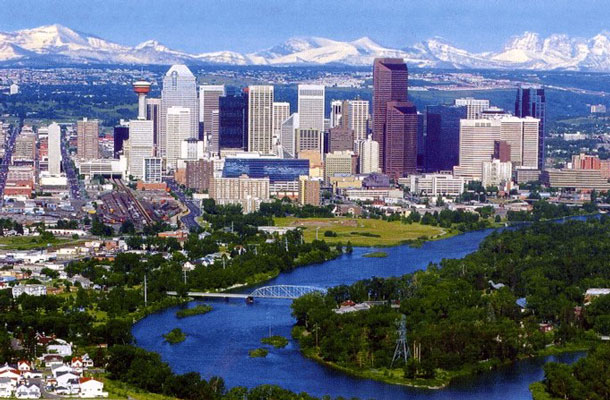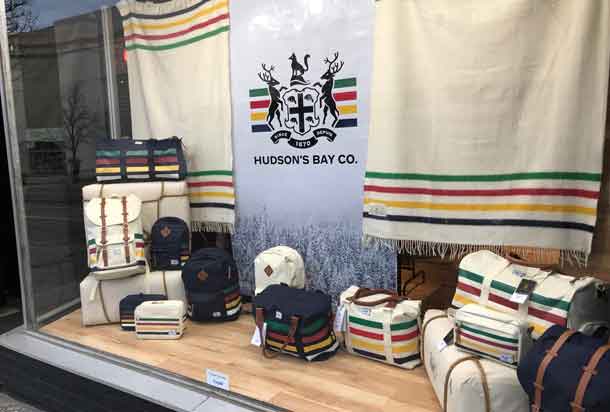
The PCs are in deep trouble because they are competitive only in Calgary
CALGARY, AB – POLITICS – Historically, Alberta, like Caesar’s Gaul, has been divided into three parts: Calgary, Edmonton, and elsewhere. For the first time in years, the fundamental geopolitical divisions of this province seem likely to be reflected in the election outcome. Here are the basics.
The Calgary-Edmonton divide was there before the province existed. Calgary got the CPR, Edmonton became the capital. The divisions were intensified when the university was built across the South Saskatchewan in Strathcona, not then part of Edmonton. And so the rivalry began: two cities, two distinct economic outlooks.
But what about the rest of the province? Here things are much murkier. To begin with, even today, half the seats in the legislature are from outside the big cities. Historically this meant the winning party had to do well in at least one of them, as well as “elsewhere.”
Historically as well, southern Alberta outside Calgary has been more conservative than northern Alberta outside Edmonton. This is why Wildrose has done so well in the south, as did Social Credit before them.
Translated into party support in the current election, it is no surprise that Redmonton strongly supports the NDP. Indeed, some commentators in the capital speak gleefully about the “Orange Crush” led by Rachel Notley.
But winning Edmonton is not sufficient. For at least two generations – 67 years – it has been necessary for the winning party to take Calgary. This explains why the NDP is working so hard for a breakthrough here and even in Lethbridge.
Last week the poll aggregator, 308.com, pointed out the consequences: the PCs are in deep trouble because they are competitive only in Calgary – in second place, behind Wildrose. Polling in the rest of the province is more uncertain owing to small sample sizes. Even so, what looks to be happening is that, outside Calgary, Wildrose is outpolling the PCs and, outside Edmonton, the NDP is beating them.
To put it another way, the NDP and Wildrose votes are concentrated in such a way as to translate into seats whereas PC support is spread too thinly or too evenly to result in anything approaching even a minority PC government.
If this is accurate, in the short week remaining, what can we expect?
First, the PCs have way more money than supporters so we can expect them to spend big. Second, it was clear from the leaders’ debate that the PCs see the NDP as the real threat even though, historically (and arguably today), the threat in southern Alberta comes from the populist right, currently incarnate in Wildrose.
The PCs, in short, must try to convince Albertans, and especially Calgarians, to vote “strategically.” This means voting for a party you don’t really support, namely the PCs, to stop a party that would bring about the end of the world as we know it, namely the NDP. Unfortunately for them, the regional concentrations of support for Wildrose and the NDP practically guarantee strategic failure for the PCs.
As my friend Tom Flanagan wrote over the weekend, echoing the wisdom of the great gonzo journalist, Hunter S. Thompson, now is the time when fear and loathing come into play. But here too (and apart from the geopolitical basics) the PCs have a problem: sending out a message of fear regarding the NDP will increase the loathing of themselves.
The best outcome for the province might be Premier Notley at the head of a minority government with Brian Jean Leader of the Opposition. Or vice versa. And as for the PCs? If – or when – fear and loathing fails, they’re just a memory.
Barry Cooper is a research fellow at the Canadian Defence and Foreign Affairs Institute.
© 2015 Distributed by Troy Media






